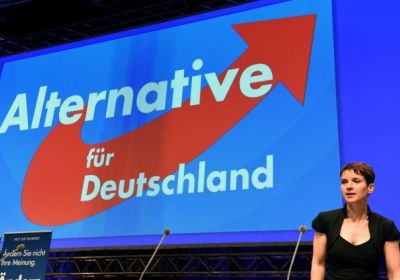
Although many readers are watching voting results in the United States with baited breath, it is worth taking a look at Germany's partial state elections on March 13. They are far from pleasant, but important all the same — and not just for Germany.
Only three of Germany's 16 states voted, with national elections not due until 2017. But if the present trends continue, watch out.
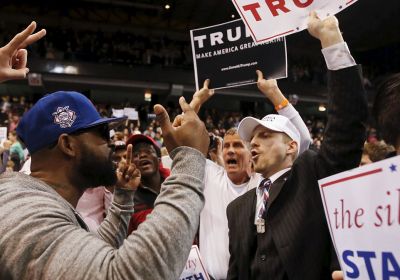
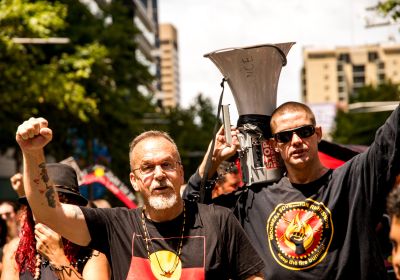
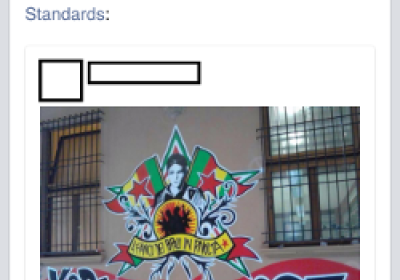
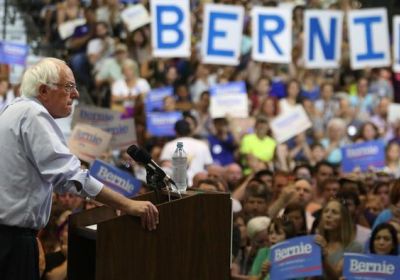
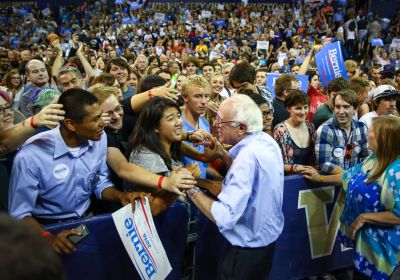
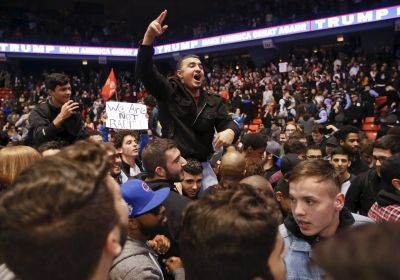
 All media outlets in the Spanish state were dominated by the images of two men on March 1: one was leaving jail near the northern city of Logrono to the cheers of inmates he was leaving behind; the other was trying to convince the Spanish parliament in Madrid to vote him in as prime minister.
All media outlets in the Spanish state were dominated by the images of two men on March 1: one was leaving jail near the northern city of Logrono to the cheers of inmates he was leaving behind; the other was trying to convince the Spanish parliament in Madrid to vote him in as prime minister.


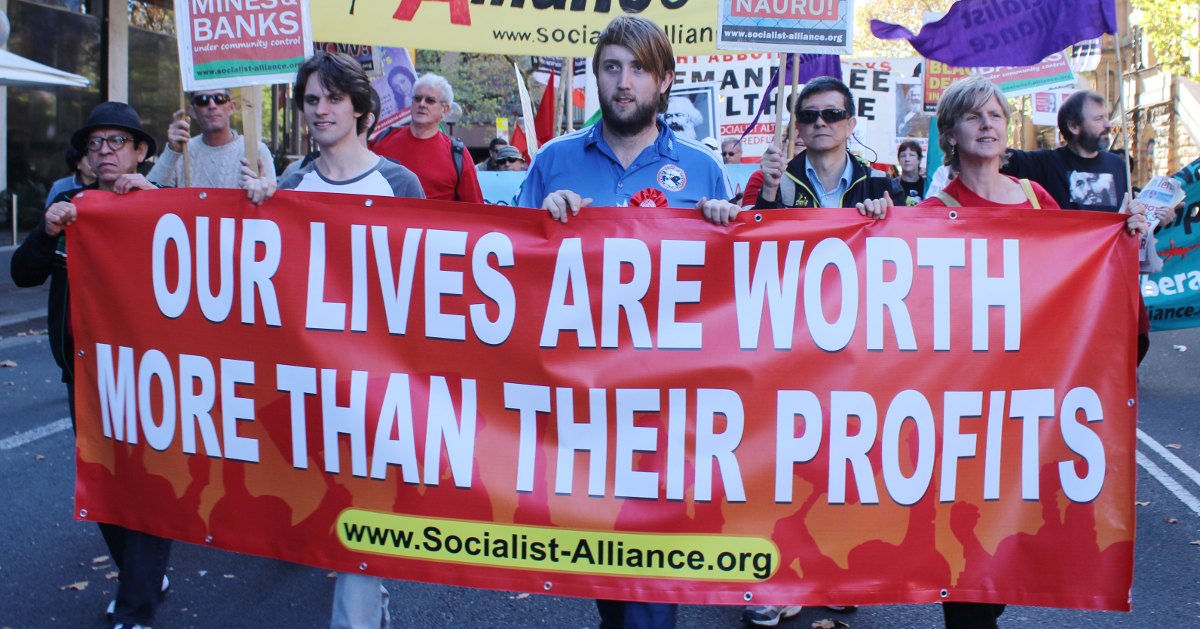 Liberal and Labor politicians, who govern for the big corporations at the expense of people, have overseen decades of cutbacks to social services, privatisations and attacks on our democratic rights.
The neoliberal consensus has meant that our public health and education systems have been starved of funds and semi-privatised. It has also meant that our working lives are less secure and our work rights have been undermined.
Liberal and Labor politicians, who govern for the big corporations at the expense of people, have overseen decades of cutbacks to social services, privatisations and attacks on our democratic rights.
The neoliberal consensus has meant that our public health and education systems have been starved of funds and semi-privatised. It has also meant that our working lives are less secure and our work rights have been undermined.
